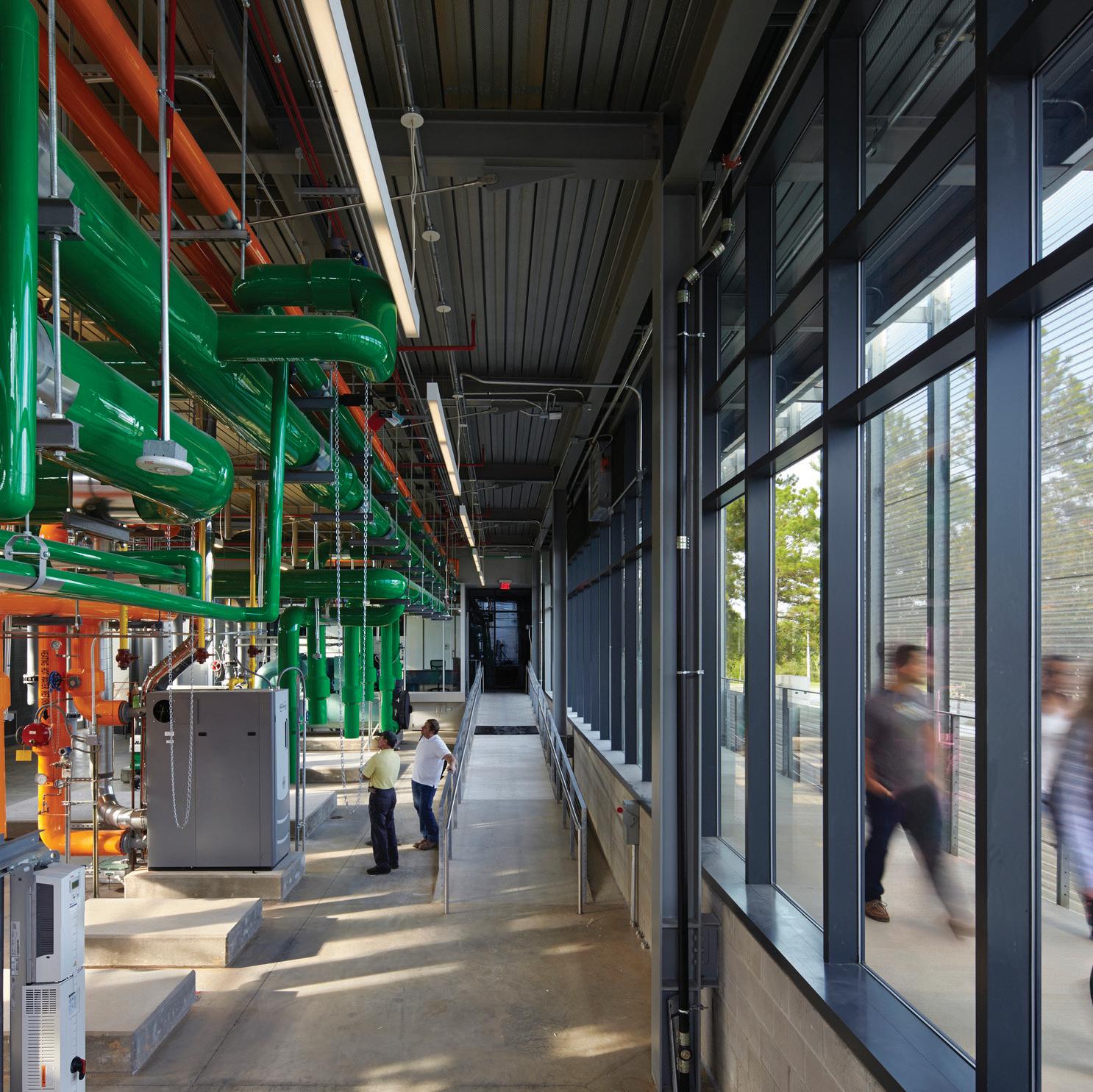
1 minute read
2030 CHALLENGE FOR EMBODIED CARBON
In 2020, Clark Nexsen added embodied carbon emissions to the list of metrics to be measured and targeted for reduction as part of our ongoing dedication to striving for carbon neutrality. As part of our participation in the AIA 2030 Commitment, select projects undergo comparative embodied carbon calculation and analysis. Our firm goals adhere to the incremental reduction strategy structure issued by Architecture 2030, currently targeting 40% reduction in new buildings, infrastructure, and associated materials. Future plans include shifting to the recommended reduction targets of 45% by 2025, 65% by 2030, and ultimately seeking zero embodied carbon emissions by 2040. This ongoing commitment reflects the firm’s focus on integrating interdisciplinary embodied carbon in our project design solutions and was a key driver behind the 2022 efforts to build upon our ever-expanding knowledge of materials and tools for contributing to industry net carbon neutrality. These efforts included:
• Deepening and sharing our knowledge of embodied carbon analysis tools, including, but not limited to, Tally, EC3, Epic and Kaleidoscope.
• Establishing embodied carbon champions in offices throughout the firm, capable of support including high-level early project calculations, whole building LCAs, and EPD data search and comparison assistance.
• Facilitating and strengthening channels of communication between design disciplines, with interdisciplinary representation present among the firm’s AIA 2030, MEP 2040, and SE 2050 industry commitments.
• Continued the ongoing development of defining a company standards and best practices for specifying healthy low carbon architectural materials, structural components, and mechanical systems.
Our commitments to reducing embodied carbon reflect the importance of the issue. While operational carbon rises over time, embodied carbon impacts are immediate and much greater. Only 28% of the total carbon emissions from buildings in the next 10 years will be operational – but 72% will be embodied, and every step we take to select more sustainable, low carbon materials is meaningful.










